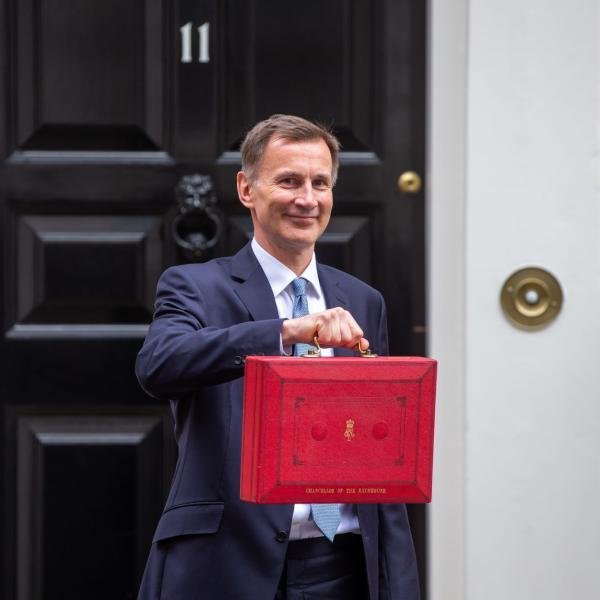This paper considers the problem of testing many moment inequalities where the number of moment inequalities, denoted by p, is possibly much larger than the sample size n. There are a variety of economic applications where the problem of testing many moment inequalities appears; a notable example is the entry model of Ciliberto and Tamer (2009) where p=2m+1 with m being the number of firms. We consider the test statistics given by the maximum of p Studentized (or t-type) statistics, and analyze various ways to compute critical values for the test. Specifically, we consider critical values based upon (i) the union (Bonferroni) bound combined with a moderate deviation inequality for self-normalized sums, (ii) the multiplier bootstrap. We also consider two step variants of (i) and (ii) by incorporating moment selection. We prove validity of these methods, showing that under mild conditions, they lead to tests with error in size decreasing polynomially in n while allowing for p being much larger than n; indeed p can be of order exp(nc) for some c>0. Importantly, all these results hold without any restriction on correlation structure between p Studentized statistics, and also hold uniformly with respect to suitably wide classes of underlying distributions. We also show that all the tests developed in this paper are asymptotically minimax optimal when p grows with n.









